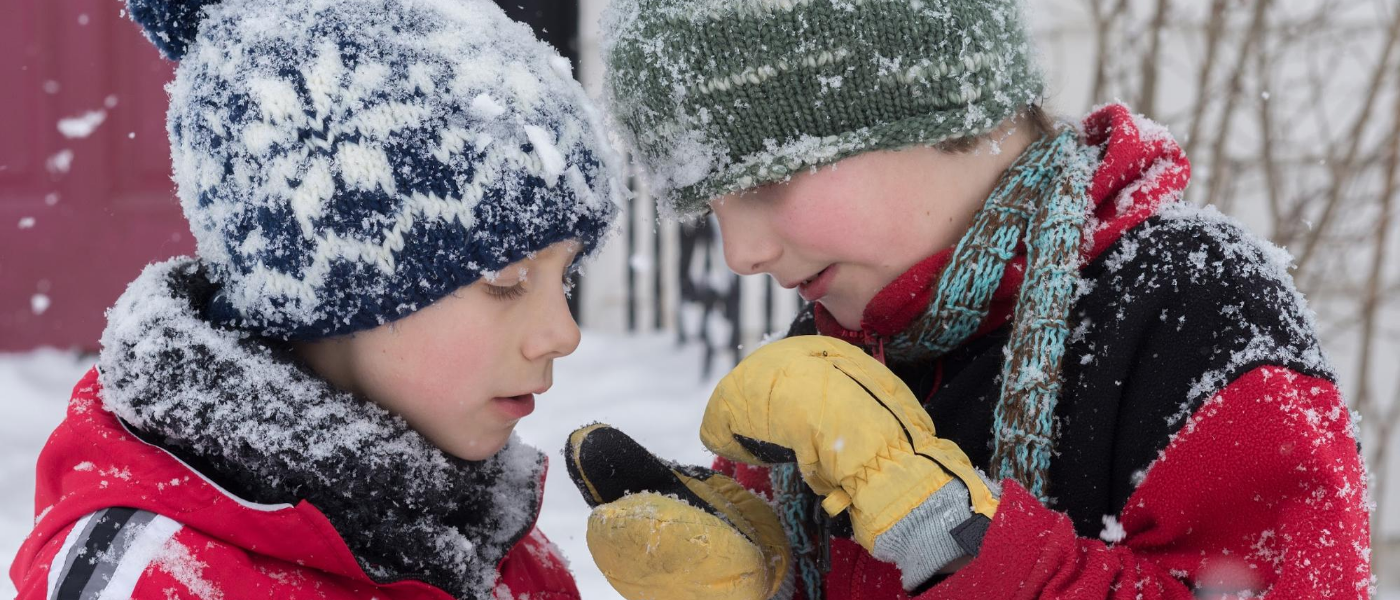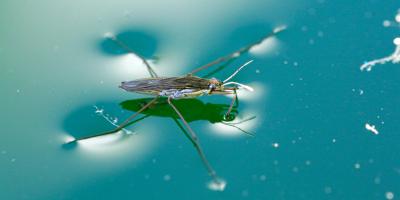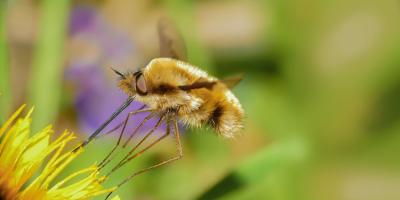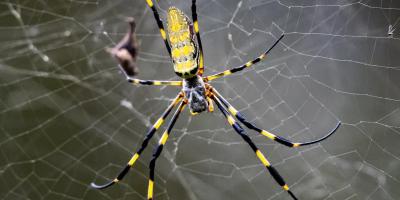Are Snow Fleas a Thing?

Technically, no. Snow fleas are not a thing, but springtails sure are! Thanks to their flea-like nature and increased visibility during the winter months, springtails have been mistakenly dubbed snow fleas. But, according to the Farmers’ Almanac, these creatures are more closely related to crustaceans than bugs or insects.
What’s more, these tiny hexapods are not seasonal, but actually found in soil and around trees, year-round. However, thanks to their blackish-bluish color, they do tend to stand out against the snow, another reason why they’ve been dubbed “snow fleas.”
What should you do if you find springtails on your property this winter or any other time during the year? Absolutely nothing. In fact, maybe rejoice in the fact that springtails are a sign of a healthy ecosystem and they do more than their pint-sized part in keeping your yard healthy.
Here are few more reasons why you want to see springtails springing around …
Celebrating Springtails
Although more commonly observed in the winter, especially surrounding a snow-covered tree trunk, springtails can be spotted year-round, with up to 250,000,000 per square acre. Often compared to ground black pepper, springtails really stand out against stark-white wintry landscapes.
You might wonder how these teeny little creatures can withstand the unforgiving, freezing winter temperatures. The existence of an amino acid in their bodies called glycine works similarly to antifreeze in a vehicle, which explains why springtails don’t freeze, even when the temperatures fall well below zero degrees.
It’s not just their contrasting color that catches the human eye, but their jumping action, which resembles that of a flea. Although it looks as though a springtail is intentionally jumping from one spot to another, in actuality, they are bouncing -- without any steering capabilities -- courtesy of a furcula, a two-pronged, spring-like appendage that can send them flying upwards of 100x the length of their 2-3 millimeter bodies.
Check out this short BBC video clip about springtails, narrated by David Attenborough, who explains that a springtail getting this kind of air (approximately six inches or 15 centimeters), would equal a human being jumping over the Eiffel Tower in a single bound.
Whether spring, winter, summer or fall, you should take the presence of springtails as a good sign that the ecosystem in your backyard is in excellent health. Springtails further enhance the soil quality on your property by feasting on organic materials like fungus and fecal matter from other insects. The faster they break these materials down, the faster they produce food for plants.
See if you can spot any springtails the next time the snow blankets your backyard!



